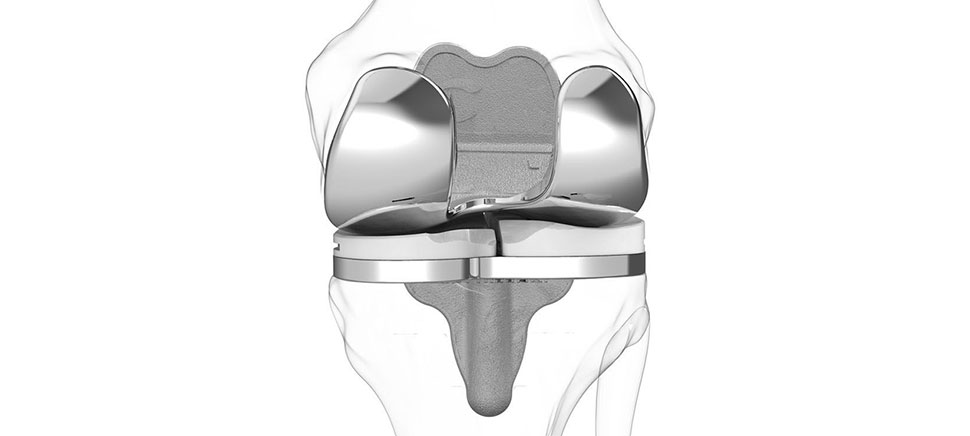Chuck Burr rarely slows down for any reason.
The 58-year-old Benbrook resident is building himself up for a half Ironman in April and a full Ironman in November. He did a 5K and, in December, a half marathon.
When he hits the trail, he often forgets that he had a total knee replacement just 14 months ago.
When Chuck Burr, 58, hits the trail, he often forgets that he had a total knee replacement just 14 months ago.
“People have to bring it up to me,” he says. “I did the 5K, did not stop for three miles, I had no pain or discomfort whatsoever.
His outlook wasn’t always this rosy, though.
Prior to the replacement, he couldn’t run 10 feet without pain. And that was after multiple surgeries to repair his knee.
When Burr went to Dr. Bruce Bollinger seeking help with his left knee, he was told his running days may be over. The total knee replacement was worth the risk, he thought, because the former Texas Tech University swimmer would still be able to do laps in the water.
But this isn’t your grandparents’ knee replacement. The technology has come leaps and bounds just in the last few years.
Bollinger, an orthopedic surgeon in Fort Worth, is one of only about 20 doctors nationwide using the latest technology.
“Each knee is going to be unique.” — Bruce Bollinger
He starts by doing a CT scan to get a 3-D picture of the patients’ knee. He sends that to ConforMISS, who builds the knee using a 3-D printer.
“Each knee is going to be unique,” Bollinger says. “This is the only company that can make an implant that’s going to match the general configuration of your knee. I also have an instrument set that’s unique to putting that implant in.”
There are also custom cutting guides just for that knee. The result is a custom knee that can be implanted with minimal invasiveness.
“No longer do I have to struggle to work with soft tissue. It’s just a boney surgery,” Bollinger says. “My patients are doing so much better with these implants than any other system I’ve ever worked with.”
Burr is probably the most extreme example, as he was off and running within about six months of the surgery. He credits Bollinger, the knee replacement technology and his own physical conditioning before and after the surgery. He followed the physical therapy exercises to a T.
“By no means do I want to condone this activity,” Bollinger says.
So far, Bollinger is the only doctor in Tarrant County doing the procedure in large numbers.
“There’s literally no joint you couldn’t potentially work on.” — Bollinger
“It’s like most technology. There’s a threshold,” he says. “Guys are doing conventional knees the way we’ve done it for the last 45 years,” he said.
That is, having an “off-the-shelf” knee replacement that comes in a range of sizes and configurations.
The same technology could be applied to any joint in the body, including the shoulder, the hip and the elbow.
“There’s literally no joint you couldn’t potentially work on,” he says.
For a daily dose of what’s new and next in Dallas-Fort Worth innovation, subscribe to our Dallas Innovates e-newsletter.






































































